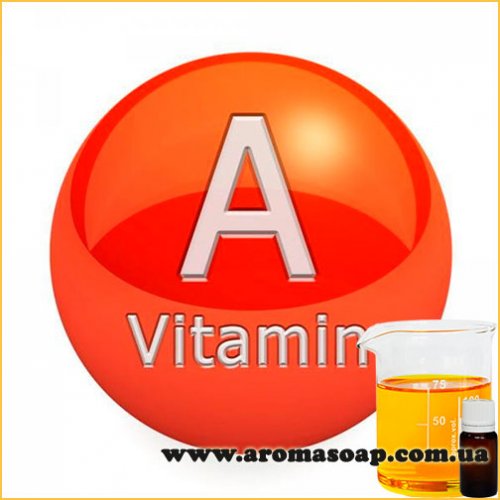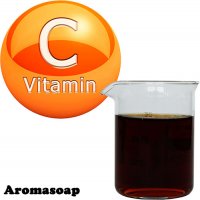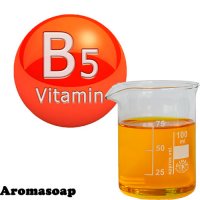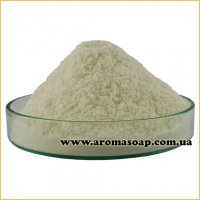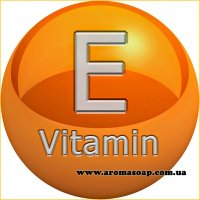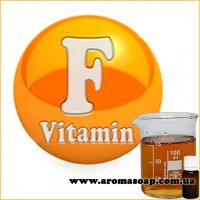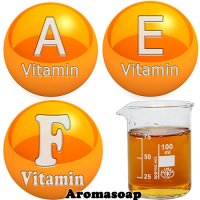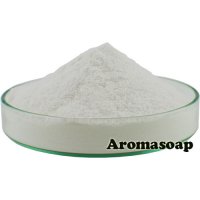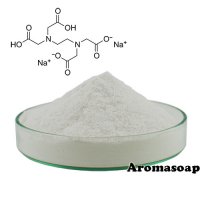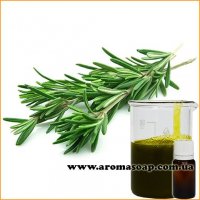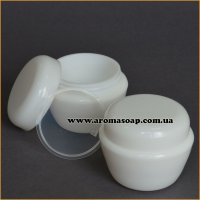Vitamin A (palmitate) 5 g (1 PC)
Vitamin A (palmitate)
INCI: Retinyl Palmitate (and) Glycine Max Seed Oil
Synonyms: retinol palmitate, palmitic ester of trans-retinoic acid.
Appearance: transparent yellow liquid, crystallizes into white milk at low temperatures.
Activity: 1.0 MIU/g
Dosage in cosmetics: 0.1-0.5%
Solubility: oils and other lipids; insoluble in water.
Vitamin A is one of the most effective and multifunctional assets in cosmetic and cosmeceutical products.
Main actions of the vitamin:
- accelerates skin renewal,
- stimulates collagen synthesis,
- significantly reduces the activity of the sebaceous glands,
- strengthens the skin's resistance to extreme climatic influences and improves local immunity,
- promotes regeneration and rapid healing of wounds.
In addition, it eliminates the effects of photoaging, hyperkeratosis, fine wrinkles, the effect of “crow’s feet”, enlarged pores, smoothing and brightening the skin.
Therefore, vitamin A is widely used in anti-aging, sunscreen cosmetics, anti-acne products.
In skin cells, under the influence of enzymes, vitamin A in the form of retinol palmitate is converted into its active physiological form - trans-retinoic acid, which easily penetrates into the deep layers of the dermis due to its low molecular weight. This transformation path looks like this:
retinol palmitate/acetate ? retinol ? retinaldehyde ? retinoic acid.
Being extremely effective agents, retinoids can cause skin irritation, which is why the dosage of vitamin A is strictly regulated, as is the method of its use in cosmetics.
Retinol palmitate is considered a milder and more stable form of vitamin A compared to other types of retinol: retinal, tretionin and some synthetic derivatives. The biological activity of various forms of vitamin A is expressed in International Units (IU) per gram of active, on the basis of which the required dosages are calculated
1 MIU/g retinol palmitate is equivalent to 0.55 Re/g - active retinoic acid.
The maximum and safe dosage of retinol palmitate for Europe is 0.5% in leave-in skin products for the face (creams, lotions, serums).
In leave-in products for the body, the maintenance dosage is 0.1%.
To make an effective and safe cream with retinol, in addition to choosing the acceptable dosage, use the following rules:
-
Store the asset tightly closed in the refrigerator.
Do not heat the product with vitamin A above 40C, this will lead to its destruction. Use a cold process or introduce it at the emulsion cooling stage.
The optimal pH of a cream with retinol should be in the range of 6.0-7.0, that is, closer to neutral. Do not combine strong acids, alkalis, or oxidizing agents in the same product with vitamin A.
To store the cream, use an opaque container; a good option is a vacuum bottle.
Take care to reduce the irritating effects of retinol on your skin. To do this, it can be combined with D-panthenol, allantoin, licorice extracts, alpha-bisabolol, chamomile extracts.
Use chelators and antioxidants in the cream: vitamin E in various forms, rosemary CO2 extract, green tea, red grape extracts, ascorbyl palmitate.
To avoid synergy between assets with a similar effect, you should not combine vitamin A with phyto-estrogenic supplements, AHA acids, beta-glucans, terpene-containing essential oils.
How to use vitamin A cream.
-
Start with small dosages, from 0.1%. Do not apply the product in a thick layer. Apply single applications every other day or 2-3 times a week. If the skin reacts normally, then you can proceed to daily use of the cream and gradually increase the concentration to maximum, with an interval of 2-3 weeks.
Use the cream exclusively at night.
It makes sense to start the course during a period of low solar activity. Before going outside, use cosmetics with SPF.
If dryness and/or flaking occur, you can use additional moisturizing and protective creams.
Retinoids are contraindicated for use during pregnancy and lactation.

